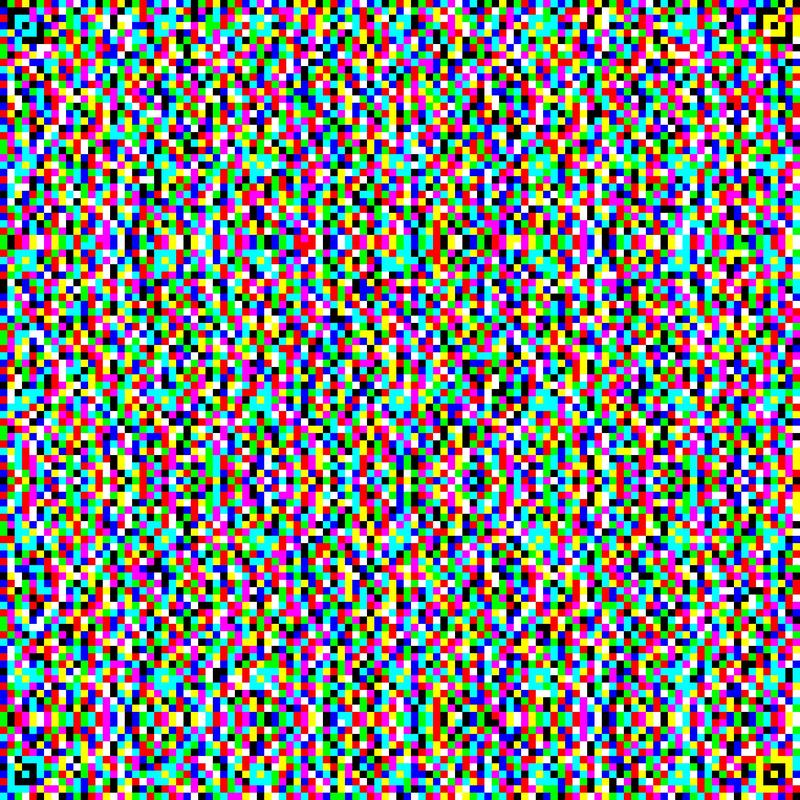
Color Barcode Achieves ISO Standard for Enhanced Tracking

The color code becomes ISO standard
Fraunhofer-Institut für Sichere Informationstechnologie SIT
Black and white barcodes can be found everywhere in everyday life: on packaging, parcel shipping labels, on the backs of books and more. However, these barcodes contain only a small amount of data, it is therefore often necessary to include links to websites that contain more information, for example about a product.
Fraunhofer SIT's JAB-Code uses color as a third dimension and can therefore store more information in the same space. The color code does not have to use database references and links, it simply stores the information itself. JAB-Code uses the colors cyan, yellow, magenta, black and mixtures of these.
With up to eight colors, the barcode is as robust as its black and white counterparts are. With JAB-Code being able to take on many varying shapes, not just the square form, it greatly extends the design possibilities.
How the color code works
Fraunhofer SIT's experts developed the code with a high data density so that documents can be identified as genuine, even when offline. JAB-Code makes the authenticity of documents verifiable, thereby increasing the protection against counterfeits. The content of a document is signed and encrypted digitally so that later alterations will not go unnoticed.
The signed content and the signature are mapped into JAB-Code. JAB-Code is then printed onto the corresponding document using a standard color printer. Every authorized person can now scan JAB-Code with a smartphone and verify the authenticity of the document:
First, the smartphone reads and verifies the digital signature. If this is successful, the document content is displayed on the tester's smartphone so that the paper can be compared to the content displayed. If differences show up, the paper in question has been forged.
Application examples for JAB-Code
This is always useful when, for example, documents are exchanged between public authorities and end-users or businesses, but when no common database exists for verification purposes, e.g. for data protection reasons. During the lockdown due to the Corona crisis, companies in border regions issued their employees with a pass to prove that this person worked for the company and had to cross the border on a regular basis.
This permit is merely a paper with a company stamp, and officials at the border cannot easily check the authenticity of the document. Besides simplifying verification, digital signatures and JAB-Codes will also make documents forgery-proof and data protection compliant. Another example are medical prescriptions.
They can be forged in order to obtain expensive medication, with double submissions being a problem as well. JAB-Code could prevent this, because the color code stores all the important information directly on the prescription.
When issuing the prescription, the doctor extracts certain unique properties from the prescription paper, such as structures or fibers, which are kind of like a fingerprint of the paper. This can be done with commercially available cameras, for example a smartphone, within seconds.
Using this paper fingerprint and the contents of the prescription, i.e. which medicines have been prescribed, the doctor signs the prescription digitally. From the signed data, a JAB-Code is created together with the doctor's digital signature and printed on the prescription.
At the pharmacy, the pharmacist first checks the digital signature by scanning it using a smartphone. Once the signature has been verified and the paper properties in JAB-Code and the prescription match, the pharmacist knows that the prescription is the original.
JAB-Code was developed on behalf of the Federal Office for Information Security (BSI). The color code is on its way to ISO 23634 (more information at https://www.iso.org/standard/76478.html) and is expected to be available as a standard at the beginning of next year. The source code is open source on GitHub under the license LGPL v2.1 (free use for all purposes under mention of Fraunhofer SIT as developer): https://github.com/jabcode/jabcode
Waldemar Berchtold












